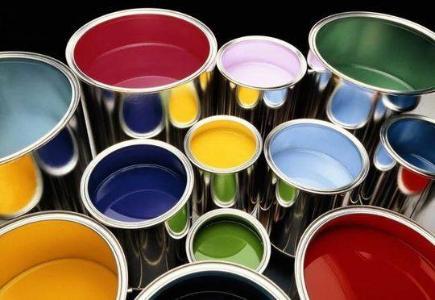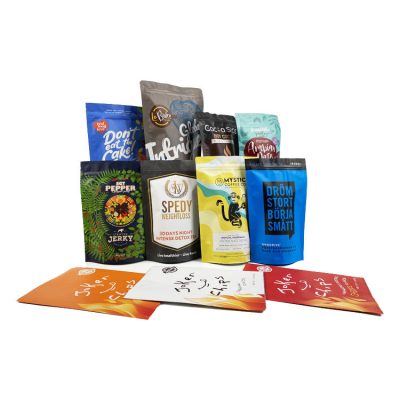Bright colors, intricate designs, and unique patterns are all important factors that contribute to the overall appearance of a product’s packaging. In this regard, ink plays a crucial role.
There are various ways to package products, including boxes, kraft paper, and plastic bags, with the latter accounting for 40% of the packaging market. To print designs on plastic bags, ink is used. The film used for these bags is transparent with no patterns, so ink is printed on it to create the designs. The process of printing is similar to painting, where ink and pigment are utilized to color the painting. However, the process of printing is more complex than painting.

Ink is mainly composed of metal powder and oil, with 80% being a binder, 15% being pigment, and 5% being an auxiliary agent. The binder determines the ink’s performance, the pigment determines its color and tinting strength, and the auxiliary agent enhances its properties. Although the ink itself is toxic, it is used for food packaging. This is because the plastic packaging material has more than two layers, and the ink layer is not in contact with the food.

It is essential to recognize that inks are not eco-friendly. Thus, environmentally-friendly inks are needed to comply with the green concept. However, green and environmentally-friendly inks cannot be printed with traditional printing equipment. Thus, the paper pads at the bottom of KFC and McDonald’s are labeled “not suitable for direct contact with food” because the ink used for printing is not environmentally-friendly.
In conclusion, inks add color and vibrancy to our world. Although they have toxic properties, they are used in a safe manner for food packaging. The development of green and environmentally-friendly inks has made significant improvements in reducing their harmful effects on humans and the environment.





Leave A Comment